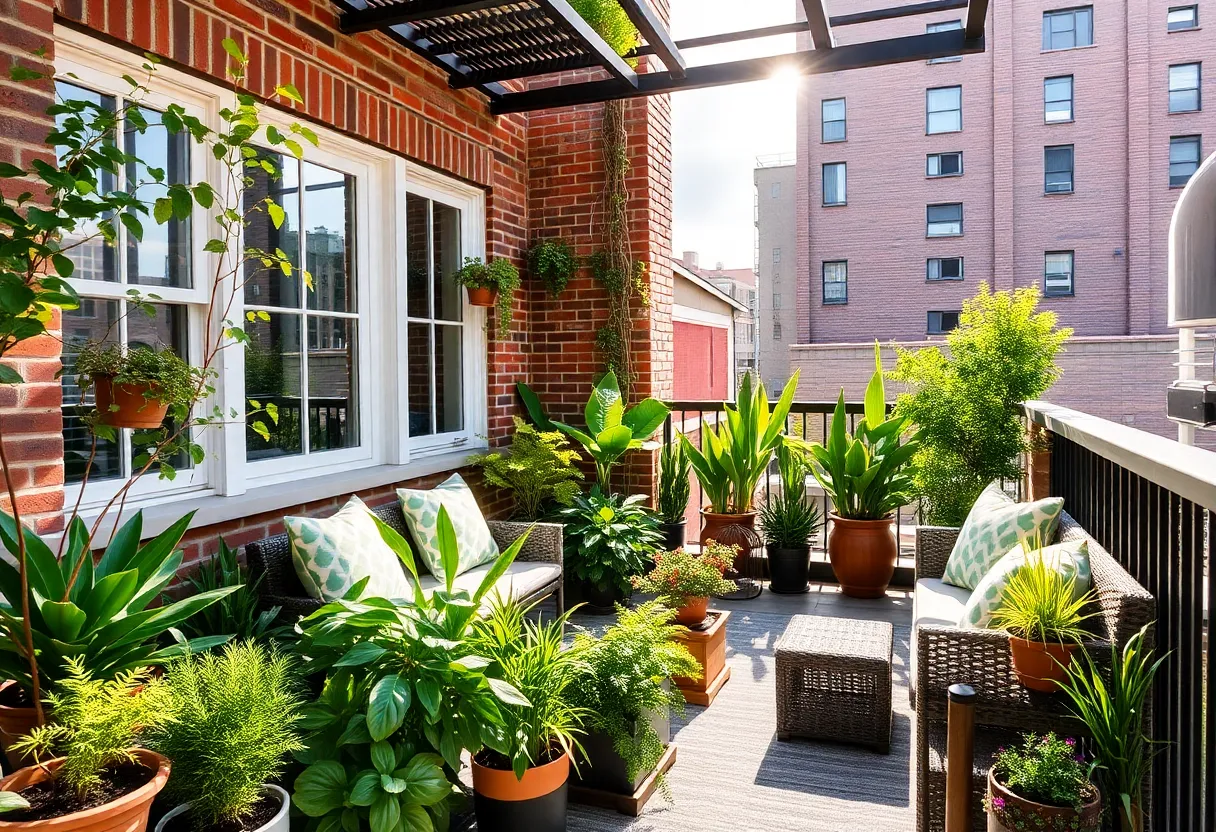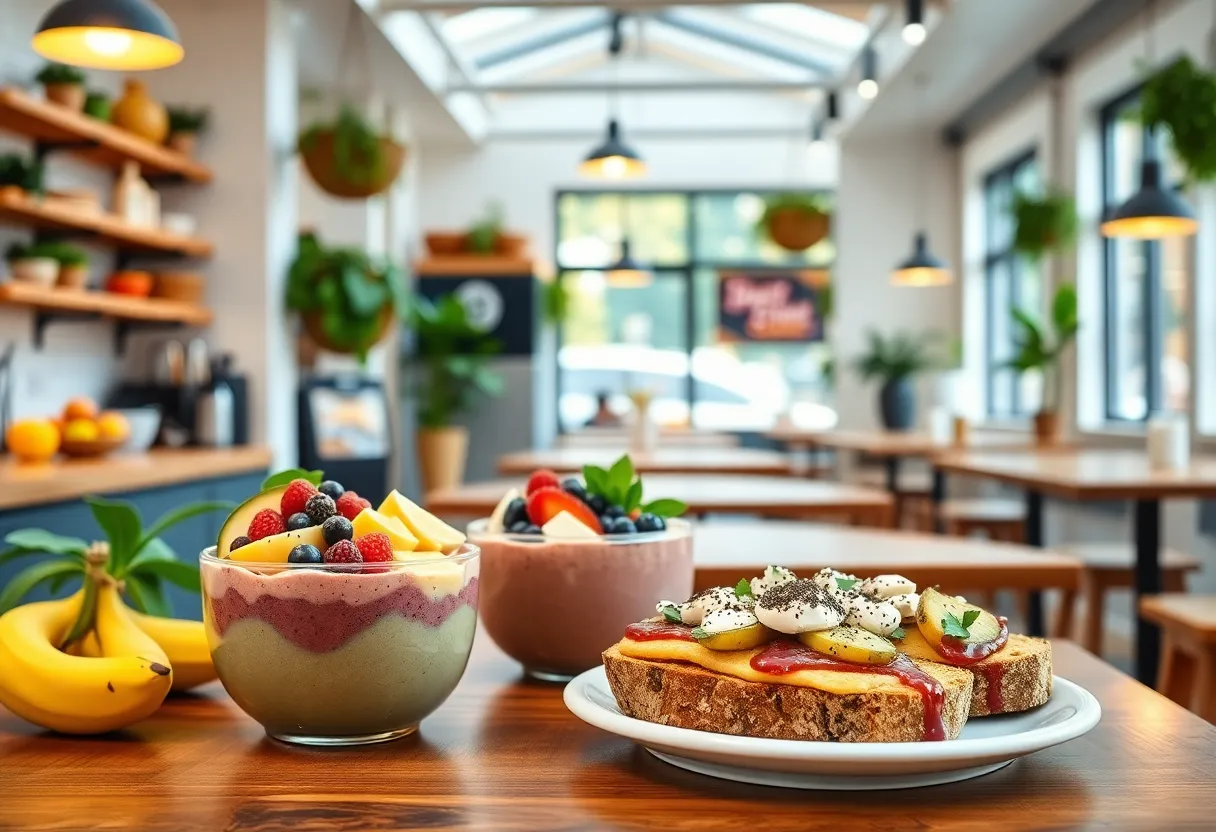How to Transform Your New York Balcony into a Lush Urban Garden
Introduction
Transforming a new York balcony into a lush urban garden requires strategic planning and execution. Amid the city’s dense skyline, a well-designed balcony can serve as a sanctuary of greenery. This guide provides a comprehensive approach to turning limited outdoor space into a thriving botanical retreat, enhancing both aesthetic appeal and environmental benefits.
Assess Your Balcony’s Space and Conditions
Understanding Size and Constraints
Begin with a precise assessment of your balcony’s dimensions. Identify the available square footage, weight capacity, and accessibility. Recognize areas suitable for plant placement versus those requiring structural support.
Environmental Factors
Document sunlight exposure, wind patterns, and humidity levels. These factors influence plant selection and layout. For example, south-facing balconies receive ample sun, ideal for sun-loving species. Conversely, shaded spots may suit shade-tolerant plants.
Structural Limitations and Safety
Verify building regulations regarding load limits. Secure any railing reinforcements necessary for safety and stability. Adequate drainage is essential to prevent water accumulation, which can weaken structural components.
Designing Your Urban Garden
Establishing a Functional Layout
Adopt a zoned approach: designate separate areas for vegetable beds, flower containers, and seating. Use vertical space creatively to maximize planting potential without overcrowding.
Choosing Containers and Planters
Select container types matching your plant needs: clay, plastic, or composite. Consider drainage efficiency and size requirements. Use smart planters with self-watering features to maintain consistent moisture levels.
Incorporating Vertical Gardening
Implement wall-mounted planters, hanging baskets, and trellises. Vertical gardens are ideal in small spaces, enabling a greater diversity of plants while conserving ground area.
Creating Microclimates
Use shade cloths and windbreaks to control microclimates, particularly on exposed balconies. These additions improve plant resilience and extend growing seasons.
Selecting Suitable Plants for a City Balcony
Vegetables and Herbs
Opt for compact varieties like cherry tomatoes, lettuce, radishes, and herbs such as basil, parsley, and mint. These thrive in limited space and can be grown in containers.
Flowers and Ornamental Plants
Choose perennials such as lavender, sedum, and ornamental grasses for long-lasting color. Annuals like petunias and marigolds add vibrancy and can be rotated seasonally.
Considerations for Plant Hardiness and Maintenance
Prioritize hardy species suited for urban environments. Select plants with low maintenance needs to suit busy schedules. Regular pruning and fertilization optimize growth and health.
Implementing Plant Care Systems
Watering Solutions
Use automatic drip irrigation, self-watering pots, or manual watering schedules. Consistent hydration is vital, especially during dry weather or heat surges.
Soil and Fertilization
Employ high-quality potting mixes tailored to specific plant requirements. Apply appropriate fertilizers—balanced, slow-release formulas support sustained growth.
Pest and Disease Management
Monitor plants regularly for signs of pests or disease. Use natural remedies or organic pesticides to mitigate issues without harming beneficial insects.
Enhancing Aesthetics and Functionality
Seating and Relaxation Areas
Incorporate compact furniture such as foldable chairs or benches. Use decorative elements like lanterns, cushions, and outdoor rugs to foster a welcoming environment.
Lighting for Night Use
Integrate solar-powered lights, string lights, or LED fixtures. Proper lighting extends usability and creates ambiance after sunset.
Incorporating Art and Personal Touches
Display artwork, wind chimes, or small sculptures. Personal touches make the space unique and enjoyable.
Maintenance and Sustainability
Regular Upkeep
Establish a maintenance routine: watering, pruning, fertilizing, and cleaning. Consistent effort ensures plant vitality and garden aesthetics.
Eco-Friendly Practices
Adopt composting for organic waste, utilize native plants to decrease water use, and install rainwater harvesting systems to promote sustainability.
Seasonal Adjustments
Prepare for seasonal changes by selecting seasonal plants, applying mulch to protect roots, and adjusting watering accordingly.
Overcoming Common Challenges
Limited Space
Maximize vertical space and adopt compact plant varieties. Use multi-tiered planters for layered planting.
Wind Exposure
Install windbreaks (such as lattice or dense foliage). Use sturdy containers to prevent tipping or breakage.
Sunlight Variability
Choose plants suited to your balcony’s specific light conditions. Use reflective surfaces to increase light for shaded areas.
Conclusion
Transforming your New York balcony into a lush urban garden demands careful planning, appropriate plant choices, and ongoing maintenance. By leveraging vertical gardening techniques, selecting suitable plants, and optimizing environmental conditions, you can create a green oasis amidst urban density. Such a space not only enhances aesthetic appeal but also offers mental health benefits and environmental contributions—making your city dwelling more sustainable and serene.
Author: STAFF HERE NEW YORK WRITER
The NEW YORK STAFF WRITER represents the experienced team at HERENewYork.com, your go-to source for actionable local news and information in New York, the five boroughs, and beyond. Specializing in "news you can use," we cover essential topics like product reviews for personal and business needs, local business directories, politics, real estate trends, neighborhood insights, and state news affecting the area—with deep expertise drawn from years of dedicated reporting and strong community input, including local press releases and business updates. We deliver top reporting on high-value events such as New York Fashion Week, Macy's Thanksgiving Day Parade, and Tribeca Film Festival. Our coverage extends to key organizations like the Greater New York Chamber of Commerce and United Way of New York, plus leading businesses in finance and media that power the local economy such as JPMorgan Chase, Goldman Sachs, and Bloomberg. As part of the broader HERE network, including HEREBuffalo.com, we provide comprehensive, credible insights into New York's dynamic landscape.





